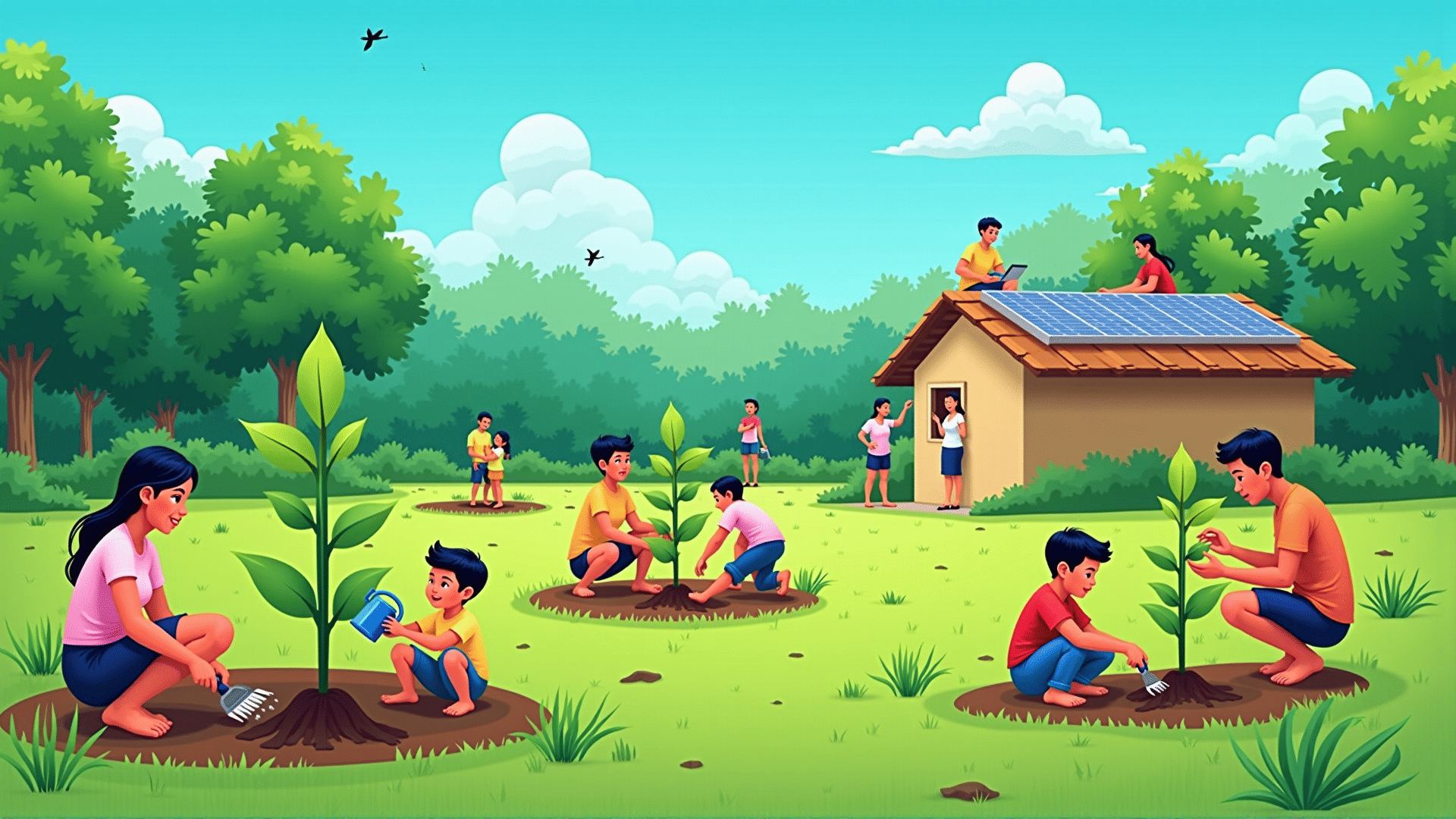In recent years, there has been a growing emphasis on sustainable development, with communities and organizations worldwide seeking to implement environmentally friendly practices. These efforts are geared towards ensuring a harmonious balance between human activities and the natural world, fostering a future where resources are preserved and ecosystems thrive.
A core component of these initiatives is the adoption of innovative strategies that minimize environmental impact while maximizing resource efficiency. One such strategy is the promotion of renewable energy sources. By harnessing the power of the sun, wind, and water, communities can reduce their reliance on fossil fuels, curbing emissions and helping mitigate climate change. Solar panels, wind turbines, and hydroelectric systems have become valuable tools in the transition towards cleaner energy.
Another critical aspect of sustainable projects is the focus on waste reduction and management. Through the implementation of recycling programs and the encouragement of composting, communities are able to significantly decrease the amount of waste sent to landfills. Additionally, the adoption of circular practices, where materials are continuously repurposed and reused, helps in conserving natural resources and reducing environmental stress.
Water conservation is another pillar of sustainable development. With many regions experiencing water scarcity, it’s essential to implement practices that preserve this vital resource. Projects focusing on rainwater harvesting, desalination, and greywater recycling stand out as innovative solutions to address water shortages. These methods ensure a steady supply for both domestic and agricultural needs without overtaxing natural water bodies.
Urban planning is also undergoing a transformation, integrating green spaces and sustainable architecture into the fabric of cities. By incorporating parks, green roofs, and urban gardens, cities can improve air quality, reduce urban heat, and create habitats for wildlife. Moreover, buildings are increasingly being constructed with sustainable materials and designed to maximize energy efficiency, further reducing their environmental footprint.
Community involvement plays a vital role in the success of sustainable projects. Engaging local stakeholders and raising awareness about the significance of such initiatives ensures that the change is both bottom-up and top-down. Educational programs and workshops can empower individuals to adopt and advocate for sustainable practices within their own lives and communities.
In conclusion, the journey towards sustainability is a collective effort requiring the participation of individuals, businesses, and governments alike. By focusing on renewable energy, waste reduction, water conservation, and sustainable urban development, we can create a world where natural ecosystems are protected, and resources are used wisely. Embracing these practices paves the way for a resilient future, ensuring that the planet remains a vibrant place for generations to come.
